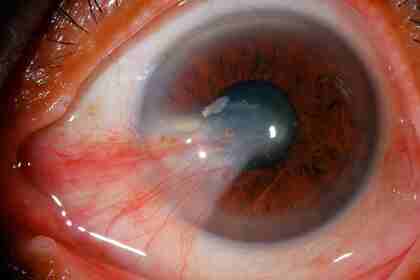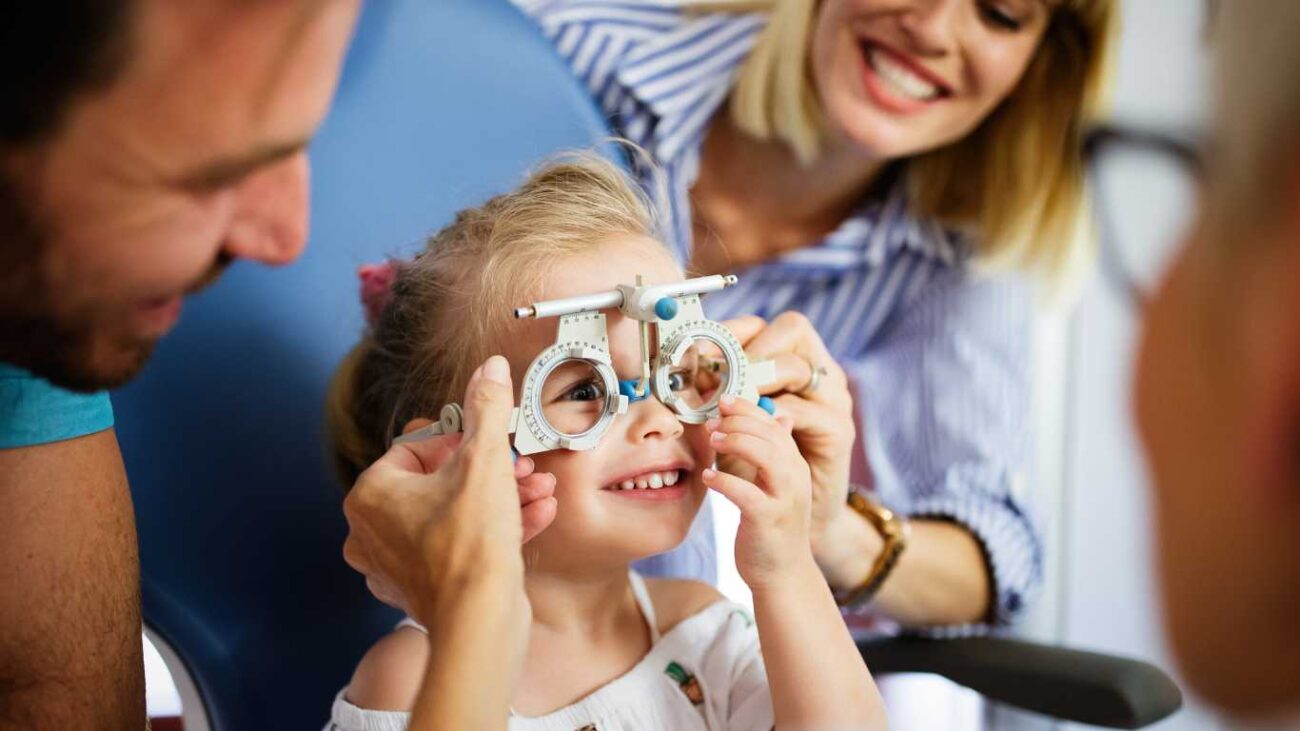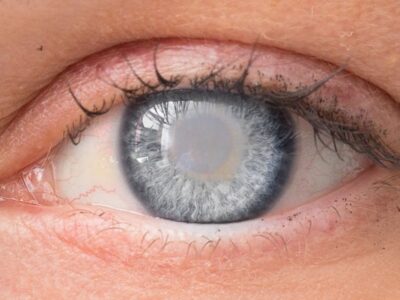Introduction:
Certainly, eye squint, which is medically known as strabismus, represents a condition characterized by the misalignment of one or both eyes. This misalignment can manifest in various forms and has consequences that reach far beyond aesthetics. It significantly impacts an individual’s vision and self-esteem. Therefore, comprehending the diagnosis process is crucial when it comes to effectively managing this condition.
What is Eye Squint?
Eye squint refers to the misalignment of the eyes, where one eye points in a different direction than the other. This misalignment can be constant or intermittent, and it can affect individuals of all ages, from infants to adults.

Types of Eye Squint:
3.1. Concomitant Squint
Concomitant squint is the most common type, where the degree of eye misalignment remains consistent regardless of the direction of gaze. It typically develops in childhood and can affect one or both eyes.
3.2. Paralytic Squint
Paralytic squint occurs due to muscle weakness in one of the eye muscles, leading to the misalignment of the affected eye. It can be the result of various underlying medical conditions.
Symptoms of Eye Squint:
The symptoms of eye squint may vary depending on its type and severity but often include:
- Double vision
- Poor depth perception
- Eye strain
- Headaches
- Difficulty focusing
- Aesthetic concerns
Diagnosing Eye Squint:
5.1. Visual Examination:
Certainly, during the diagnostic process, an initial visual examination is conducted to evaluate the alignment of the eyes. This entails the doctor closely observing the patient’s eye movements and how they fixate on objects.
5.2. Cover-Uncover Test:
Certainly, during this test, which involves covering one eye, the medical professional observes the movement of the uncovered eye. This examination technique is instrumental in helping to identify both the presence and the extent of squint.
5.3. Refraction Test:
A refraction test is performed to determine the need for glasses or contact lenses. Vision correction can sometimes alleviate squinting.
5.4. Ocular Alignment Assessment:
Using specialized tools, the doctor measures the angle of eye misalignment, aiding in the diagnosis and treatment planning.
Importance of Early Diagnosis:
Absolutely, early diagnosis of eye squint is crucial because it paves the way for timely intervention and significantly improves treatment outcomes. Without timely treatment, untreated squint can progress to a condition known as amblyopia, often referred to as a “lazy eye,” and can ultimately result in permanent vision impairment.
Treatment Options for Eye Squint:
Non-Surgical Approaches:
Non-surgical approaches include vision therapy, eye exercises, and the use of corrective lenses. These methods are typically employed for mild cases or as a preliminary step.
Eye Squint Surgery:
Eye squint surgery, also known as strabismus surgery, is a surgical procedure that aims to align the eye muscles properly. It is recommended for moderate to severe cases of squint that do not respond to non-surgical treatments.
Preparing for Eye Squint Surgery:
Before undergoing eye squint surgery, patients should have a thorough pre-operative evaluation. This assessment includes discussing medical history, any pre-existing eye conditions, and the specifics of the surgical procedure.
The Surgical Procedure:
Anesthesia:
Eye squint surgery is typically performed under general anesthesia to ensure patient comfort during the procedure.
Muscle Adjustment:
During the surgery, the ophthalmologist adjusts the eye muscles to restore proper alignment. The specifics of the procedure depend on the type and severity of the squint.
Recovery and Aftercare:
Following eye squint surgery, it’s important to note that patients may experience discomfort and swelling as part of the post-operative process. Therefore, to ensure a successful recovery, it is essential to adhere to proper aftercare measures. This includes diligently using prescribed eye drops and scheduling and attending follow-up appointments with your healthcare provider.
Potential Risks and Complications:
While eye squint surgery is generally safe, there are potential risks, including infection, bleeding, and over- or under-correction. These risks are discussed with the patient before surgery.
Success Rate of Eye Squint Surgery
The success rate of eye squint surgery is high, with most patients experiencing improved eye alignment and vision. However, outcomes may vary depending on individual factors.
Life After Eye Squint Surgery
Following a successful eye squint surgery, patients can look forward to a range of benefits. These include improved eye alignment, which enhances both their appearance and vision. Additionally, the surgery often results in better depth perception, contributing to an overall improvement in the quality of their vision. Beyond the physical aspects, successful eye squint surgery can also boost an individual’s self-confidence, leading to a more positive outlook on life.
Conclusion:
Eye squint diagnosis is the first step towards achieving better eye alignment and improved vision. Early detection and appropriate treatment, which may include eye squint surgery, can significantly enhance the quality of life for individuals affected by this condition.
Frequently Asked Questions:
- Is eye squint surgery painful?
- Eye squint surgery is performed under anesthesia, so patients typically do not experience pain during the procedure. Some discomfort may be felt during the recovery period, which can be managed with prescribed medications.
- How long does the recovery process take after eye squint surgery?
- The recovery time varies from person to person but generally ranges from a few weeks to a few months. It is essential to follow the post-operative instructions provided by your surgeon.
- Can adults undergo eye squint surgery, or is it only for children?
- Eye squint surgery can be performed on individuals of all ages, including adults. The suitability of the procedure depends on the specific case and the recommendation of the ophthalmologist.
- Is eye squint surgery covered by insurance?
- In many cases, eye squint surgery is considered a medically necessary procedure and may be covered by insurance. It is advisable to check with your insurance provider for details regarding coverage.
- What can I expect during the initial consultation with an ophthalmologist?
- During the initial consultation, the ophthalmologist will perform a comprehensive eye examination, discuss your medical history, and explain the diagnosis and treatment options available to you.













